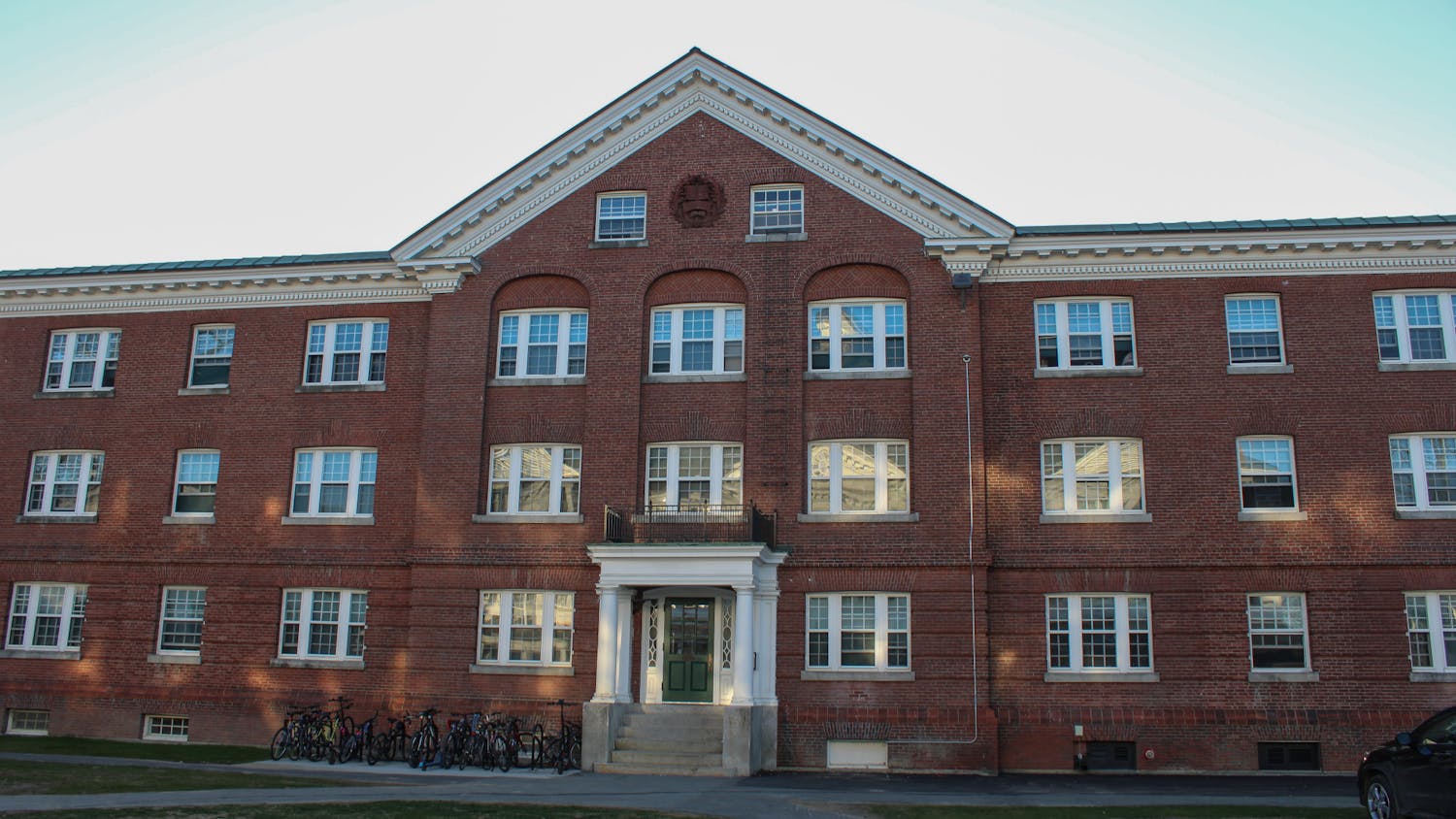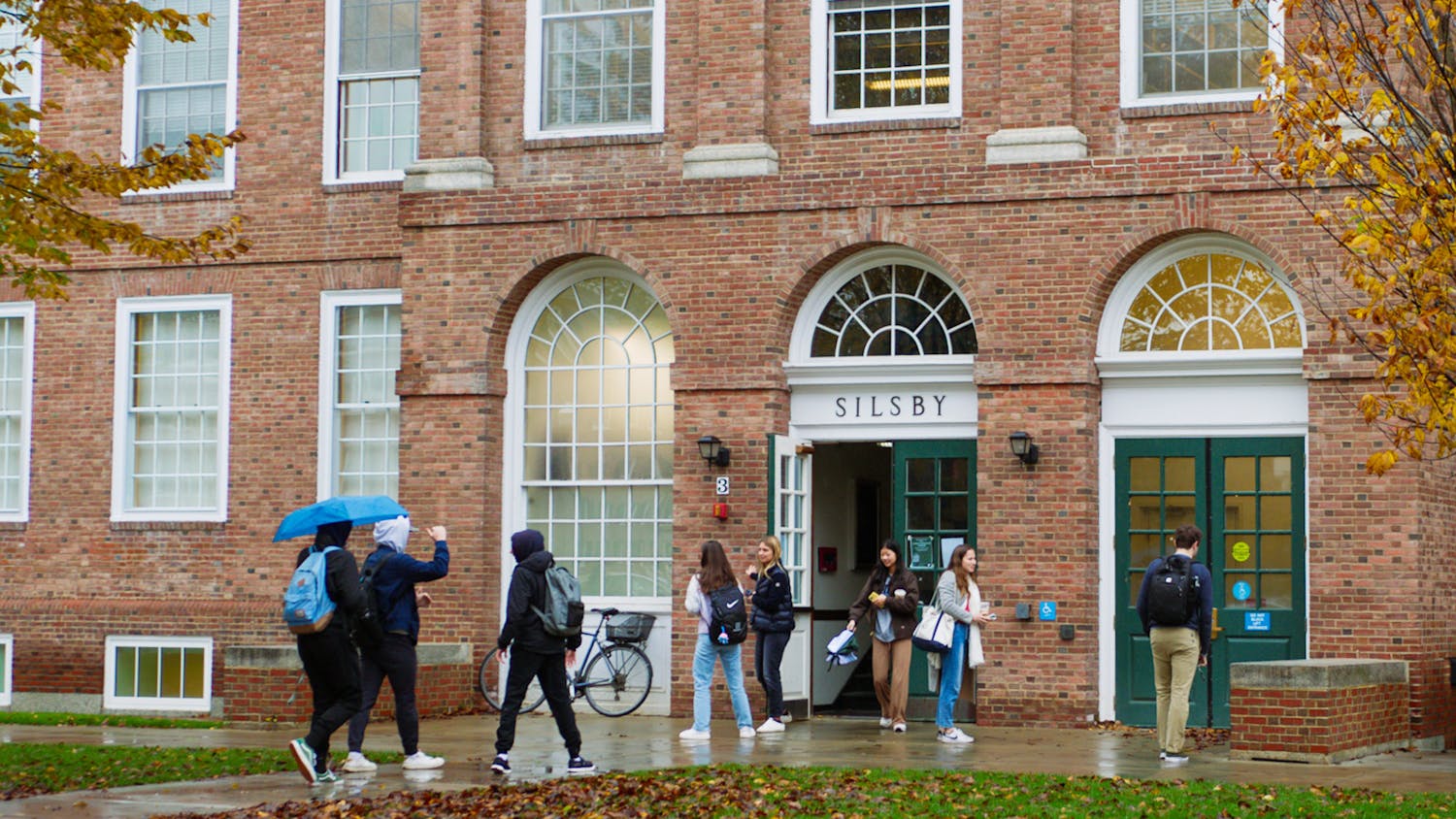Here at Dartmouth, we call our presidency "the Wheelock Succession," which makes it sounds like some sort of kingly, mystery-shrouded line passed down from generation to generation. While it is certainly true that much of the process of electing presidents for the College did and does remain quite secretive, with each presidential transition has come new changes that have had significant impacts on Dartmouth as a whole. And since we're now in the middle of a presidential search, let's take a look at the most recent members of the Wheelock Succession before its 18th president is selected.
Ernest Hopkins the dark horse president
In his oral history, Ernest Hopkins explains how he pretty much came out of nowhere to win the presidency. He was by no means the academic type he was a businessman who lacked experience in the field. Mitt Romney, anyone?
Hopkins will always be remembered for creating Dick's House, a place where students can (theoretically) go to get treated by health professionals. Little did he know that scheduling an appointment there would be a constant nightmare.
As he was not really a churchgoer himself, Hopkins decided to do away with compulsory chapel at the College. As those of us who went to Catholic school can attest, listening to sermons every week and taking Bible class really doesn't fit with a liberal arts education.
During Hopkins' tenure, the well-known Baker Library was established. For this, all the students of Dartmouth should thank this former president not only for a beautiful place to study and get work done, but also for a convenient place to drink a caffeinated beverage and munch on a delicious KAF scone.
John Sloan Dickey the international president
Selected by the trustees for his international perspective, John Sloan Dickey was committed to making Dartmouth the best liberal arts college in the country, regardless of its cost. His strengths lay in academic achievements and international relations, and he introduced a required "Great Issues" course that focused on the problems that all students would face as citizens. Thanks to his introduction of foreign study programs, students were granted the opportunity to travel to different countries as part of their studies.
Unfortunately, Dickey dealt with some difficult issues during his time as president, including an occupation of Parkhurst Hall by some students who were "peaceably" arrested by Hanover Police after camping out to protest.
As the women of Dartmouth can appreciate, Dickey also sought to change the notion of the "Dartmouth man." He vowed to improve the social and academic image of Dartmouth by working with students to do away with "false notions of virtues" and excesses without changing Dartmouth's classic heritage. The jury's still out on whether or not he succeeded.
John Kemeny the trailblazing president
While president, John Kemeny managed to garner widespread acclaim for his focus on the College's graduate studies program. This caused a pretty big ruckus among alumni who were hell bent on maintaining Dartmouth's "old boy" image.
Kudos to Kemeny for being not only the first non-Dartmouth graduate to serve as president, but also the first man of Jewish origin to take the office. His emphasis on graduate studies enraged the alumni, who wanted the College to remain an undergraduate institution, nearly much as his Jewish-Hungarian heritage. In the end, students were so frustrated that some founded The Dartmouth Review, which Kemeny tore apart in his oral history, calling it an "ultra-conservative rag" aimed to poison the minds of students.
Despite alumni complaints, Kemeny proved to be a fantastic president who opened Dartmouth to women at a time when the College was still filled with men who resisted the idea of women infiltrating their precious institution. In his oral history, Kemeny said, "This is a WASP-ish institution historically." He tried and partially succeeded to change that conception by including women, once again increasing international studies and never giving in to the demands of alumni.
James Wright the grandfather president
Described by many as a grandfather figure, James Wright followed the traditional path of the Dartmouth administrator, serving as dean of faculty, provost and finally as acting president before joining the Wheelock Succession. Embedding himself deeply within the school's traditions for many years, Wright brought the school back to its academic roots. Famous for focusing on undergraduate academics, Wright greatly expanded the faculty and Dartmouth's financial aid program.
There are certain traditions, however, of which Wright was not so fond. This president is notorious for trying and failing to rid the College of our beloved Greek system. With his Student Life Initiative, Wright alienated himself from alumni and students who aimed to preserve the traditions of our College on the Hill.
On the other hand, Wright successfully raised $1.3 billion from alumni, more than any of the other presidents combined. Plus he worked at Dartmouth for over 40 years, allowing students to really get to know him before he left.
So while he might have tried to sabotage one of the institutions many of us hold so dear, he definitely made a positive and lasting impact on the College.
Jim Yong Kim the whirlwind president
It might be a little premature to begin discussing Kim's tenure, as he has just stepped down and left us for greener pastures (we should have known that Dartmouth primes people too well to go into banking). Then again, he was only here for three years. Throughout his whirlwind presidency, Kim dealt with hazing scandals and built the Center for Health Care Delivery Science (does anyone know what this is?). Plus, he performed in Dartmouth Idol. All in all, I thought he wore that green tie pretty well.



